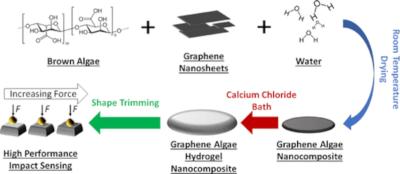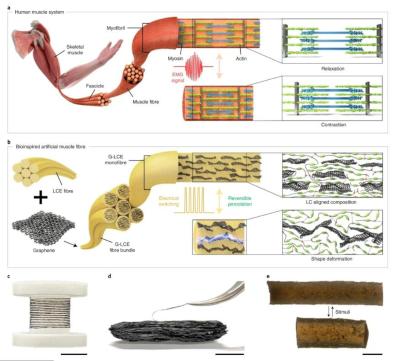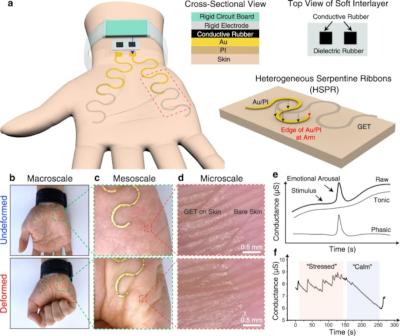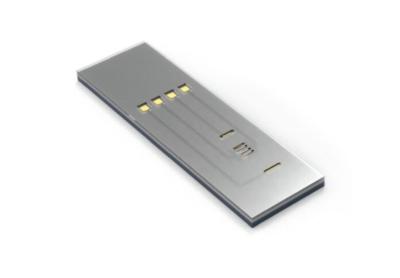Edible graphene bio-sensors based on seaweed could take over the field of wearable health monitors
Scientists at the University of Sussex and the University of Brighton have developed health sensors using natural elements like rock salt, water and seaweed, combined with graphene.
Since they are made with ingredients found in nature, the sensors are fully biodegradable, making them more environmentally friendly than commonly used rubber and plastic-based alternatives. Their natural composition also places them within the emerging scientific field of edible electronics – electronic devices that are safe for a person to consume.





